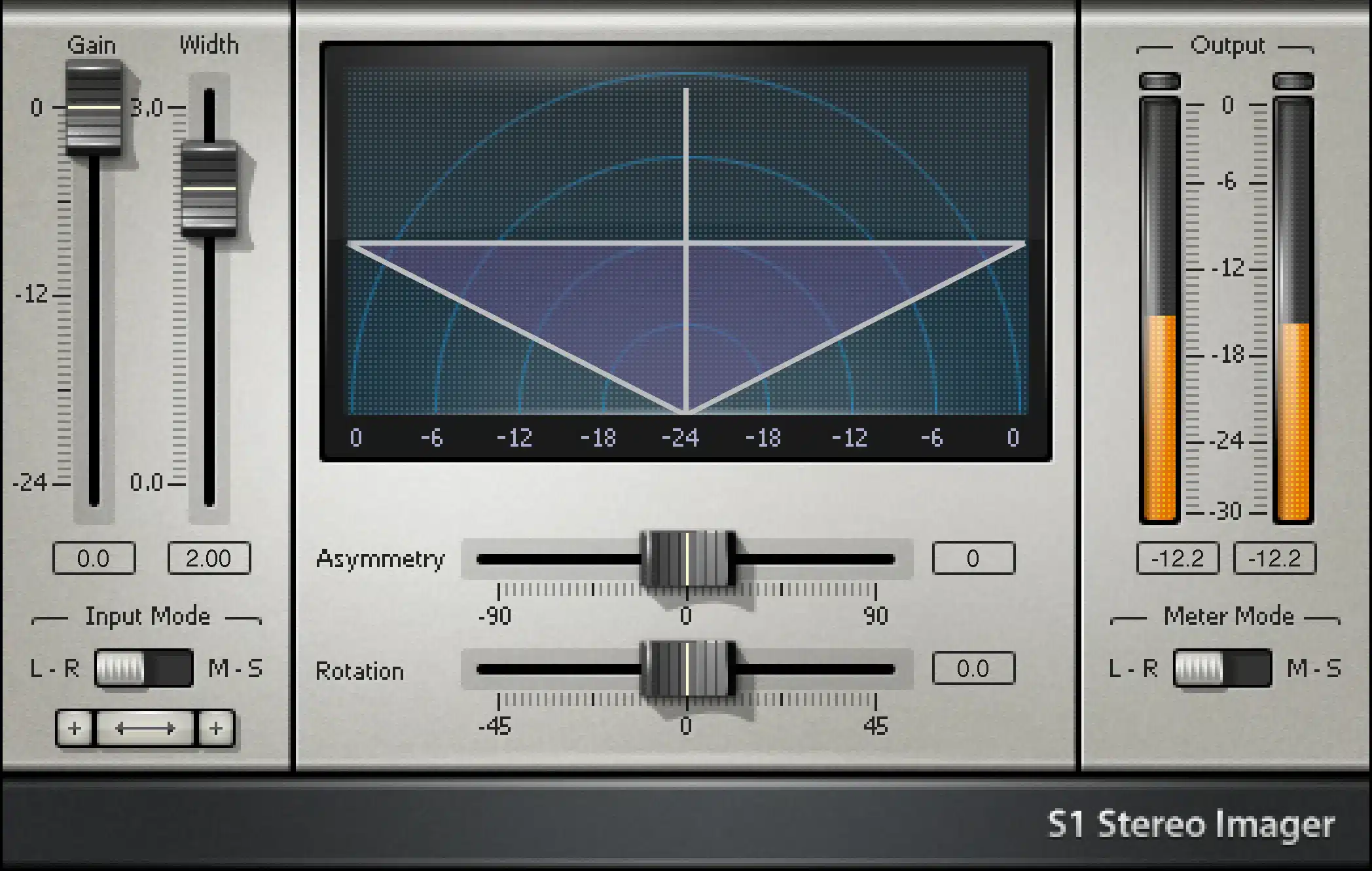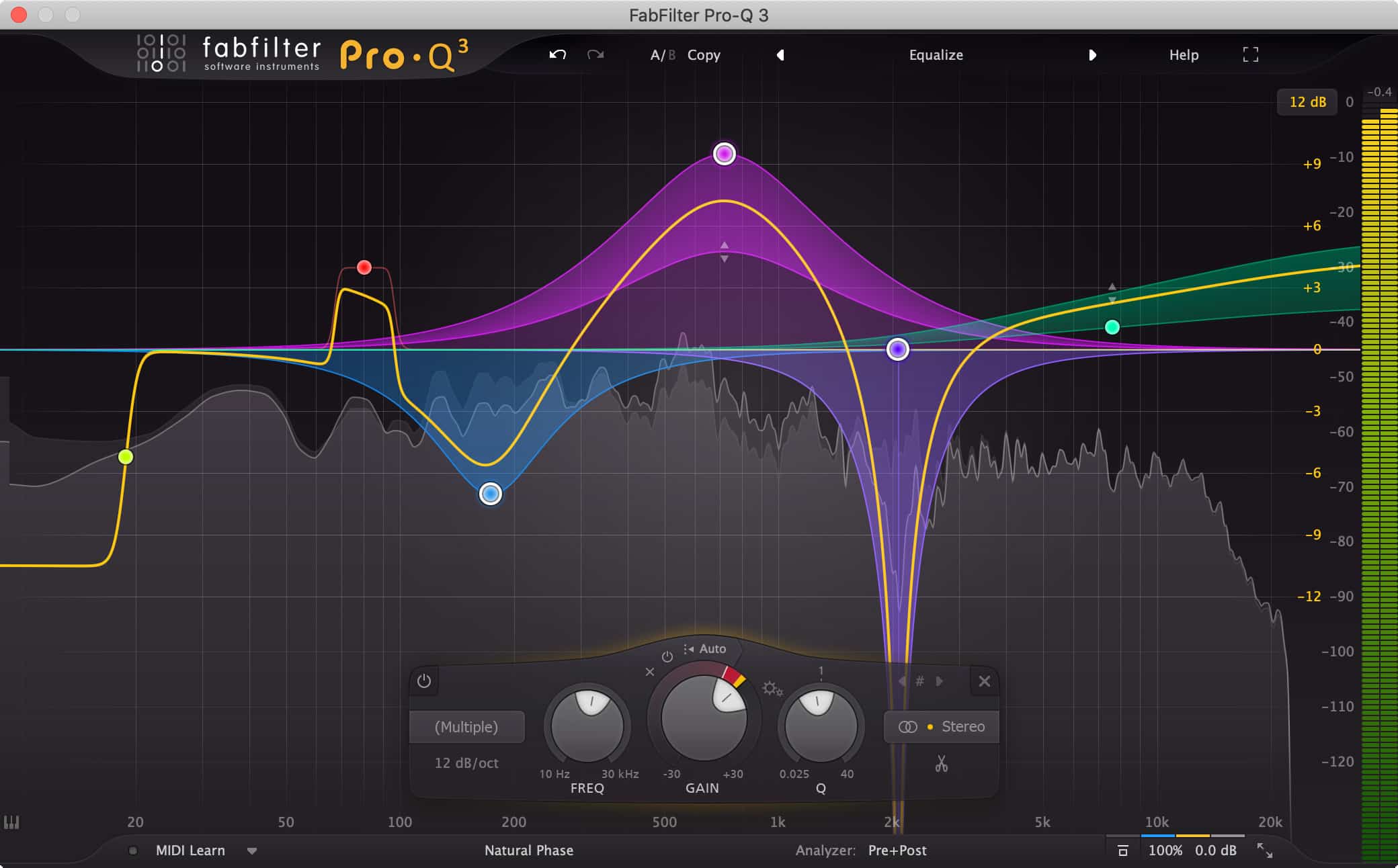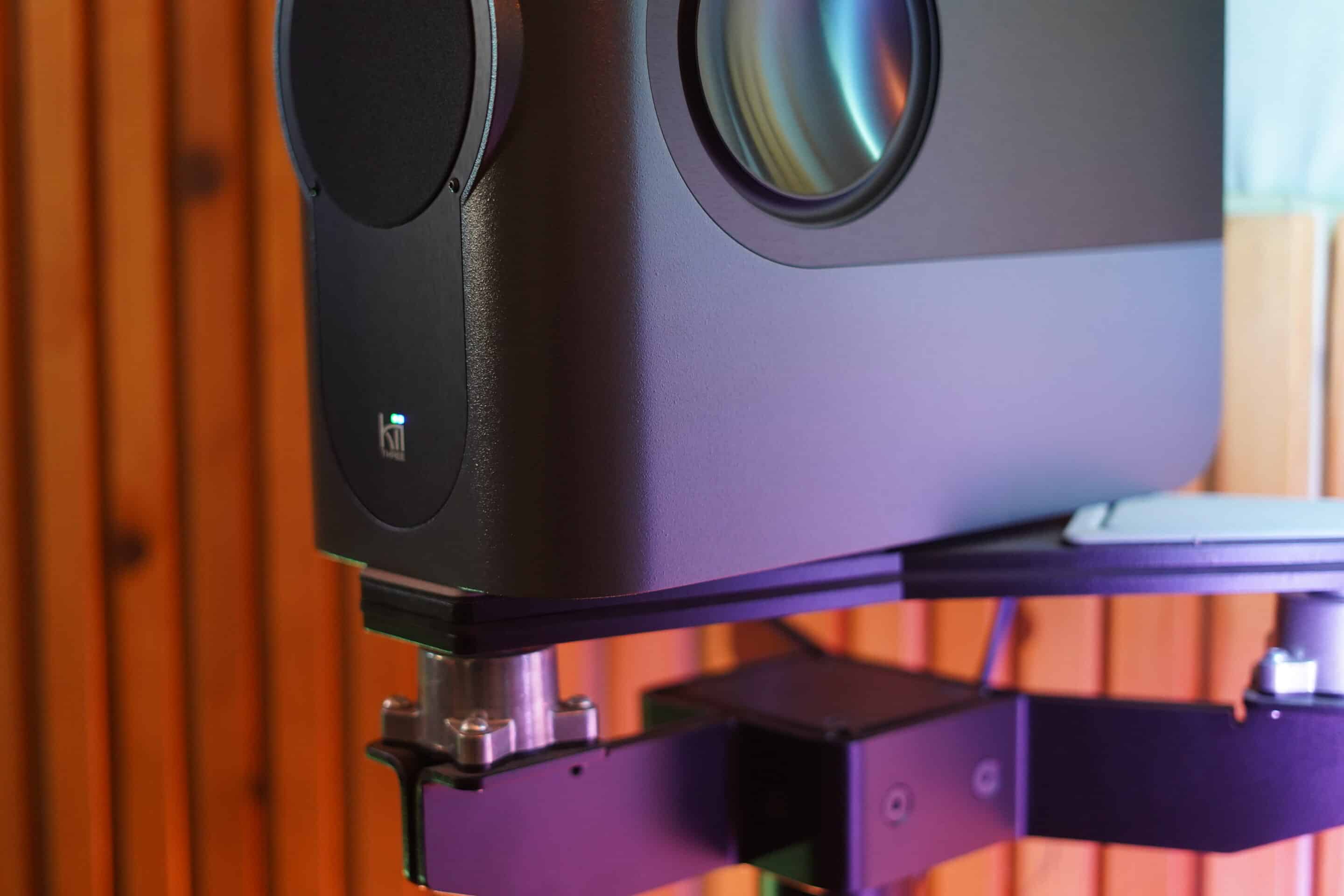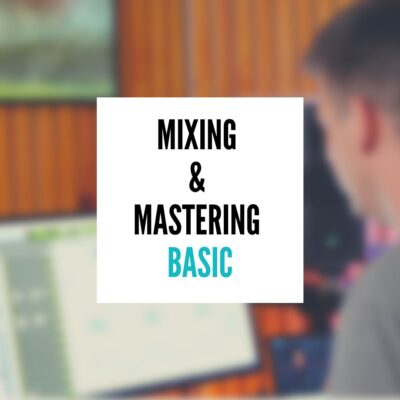What is Mixing and Mastering?
You may have heard the terms “mixing” and “mastering” thrown around a lot in the music world, but what do they actually mean? In short, mixing is the process of taking all of the individual tracks that make up a song and blending them together into one cohesive unit. Mastering, on the other hand, is the process of taking that mixed track and preparing it for release.
Both mixing and mastering are incredibly important steps in the music-making process, and there are a number of different techniques that engineers use to get the sound just right. In this blog post, we’ll give you a crash course in music mixing and mastering so that you have a clear understanding of the process.
The Different Elements of a Track
Before we dive into the mixing and mastering processes, it’s important to understand the different elements that make up a track. When you hit record in your DAW (Digital Audio Workstation), you typically record audio or MIDI data.
Audio data is simply sound that has been converted into digital information. This could be anything from a recorded guitar performance to someone speaking into a microphone. MIDI data, on the other hand, is not actually audio at all—it’s simply a set of instructions that tell virtual instruments how to produce sound. So, if you’re using virtual instruments like drum machines, synths, or sampled loops in your track, those will show up as MIDI data in your session.
Now that we’ve covered the different types of data that make up a track let’s move on to mixing.
Mixing Basics
As we mentioned earlier, mixing is the process of taking all of the different tracks in your session and blending them together into one cohesive unit. The overall goal of mixing is to create balance—in other words, you want all of the elements in your track to complement each other without any one element sounding too loud or too soft.
There are literally countless different ways to mix a track, but there are a few basic concepts that every beginner should understand. Let’s start with EQ.
EQ is short for Equalization, and it basically allows you to adjust the frequencies of each individual track in your session. This is useful for two reasons: first, it allows you to give each instrument its own sonic space so that everything can beheard clearly; and second, it allows you to achieve balance by making some instruments sound louder or softer than others. For example, if you have two tracks that are occupying similar frequency ranges—say, a guitar and a synth—you can use EQ to reduce some of the low end on one track so that it doesn’t muddy up the mix. EQ is an incredibly powerful tool, but it’s important not to overuse it—a little bit goes a long way! The next concept we want to cover is compression.
Compression is basically an automatic volume control for each individual track in your session. When you compress a track, you’re reducing its dynamic range—in other words, you’re evening out the loudest and softest parts so that everything sits at a consistent volume level. This can be useful for making certain tracks cut through the mix more clearly or for taming rogue transients (sudden spikes in volume). Just like EQ, compression is an incredibly powerful tool—but again, it’s important not use too much or else your track will start sounding unnatural.
Now that we’ve covered some basic mixing concepts let’s move on to mastering!
Mastering Basics
Mastering is the process of taking your mixed track and preparing it for release. The overall goal of mastering is to optimize sonics and levels so that your track sounds its best on any playback system—be it speakers in your car or headphones on your phone. To do this effectively, engineers use tools like EQ, compression, limiting (a type of dynamics processing), and stereo widening (making sounds seem bigger by manipulating their stereo field). If applied correctly, these techniques can help give your track more punch, clarity, depth,and overall level of consistency.
And there you have it—a crash course in music mixing and mastering! These two processes are essential for taking raw recordings and turning them into polished tracks that sound great on any playback system. If you’re interested in getting your song mixed and mastered by our professional mixing and mastering, please reach out!








